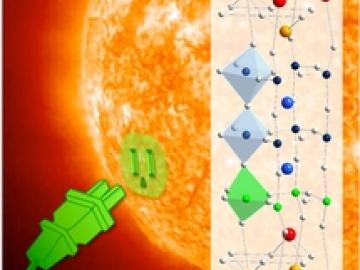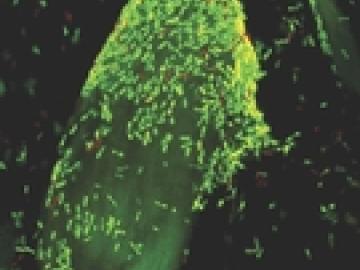Filter News
News Type
Date
Media Contacts





Several recent papers describe how Oak Ridge National Laboratory researcher Yuri Melnichenko and his collaborators continue to use neutrons and small-angle neutron scattering to bore through geological materials such as nanoporous carbons to understand their unique properties as storage media for gr...


A combination of advanced techniques at Oak Ridge National Laboratory helped researchers gain a better understanding of how some proteins attack bacteria. Colicins, a family of protein toxins, kill E. coli by crossing the bacterial membrane to exert their toxic effects. One family member, Colicin N,...


Changing the behavior of a material isn't big magic? it's nanoscale chemistry. Alejandro Lopez-Bezanilla used the computing power of Oak Ridge National Laboratory's Jaguar supercomputer, America's fastest, to study the effects of adding oxygen, sulfur and hydrogen to nanoribbons made of boron nitri...

An upgrade is transforming Oak Ridge National Laboratory's Jaguar supercomputer, America's fastest, into Titan, a next-generation supercomputer that will employ the latest AMD Opteron central processing units as well as NVIDIA Tesla graphics processing units ? energy-efficient processors that accele...




